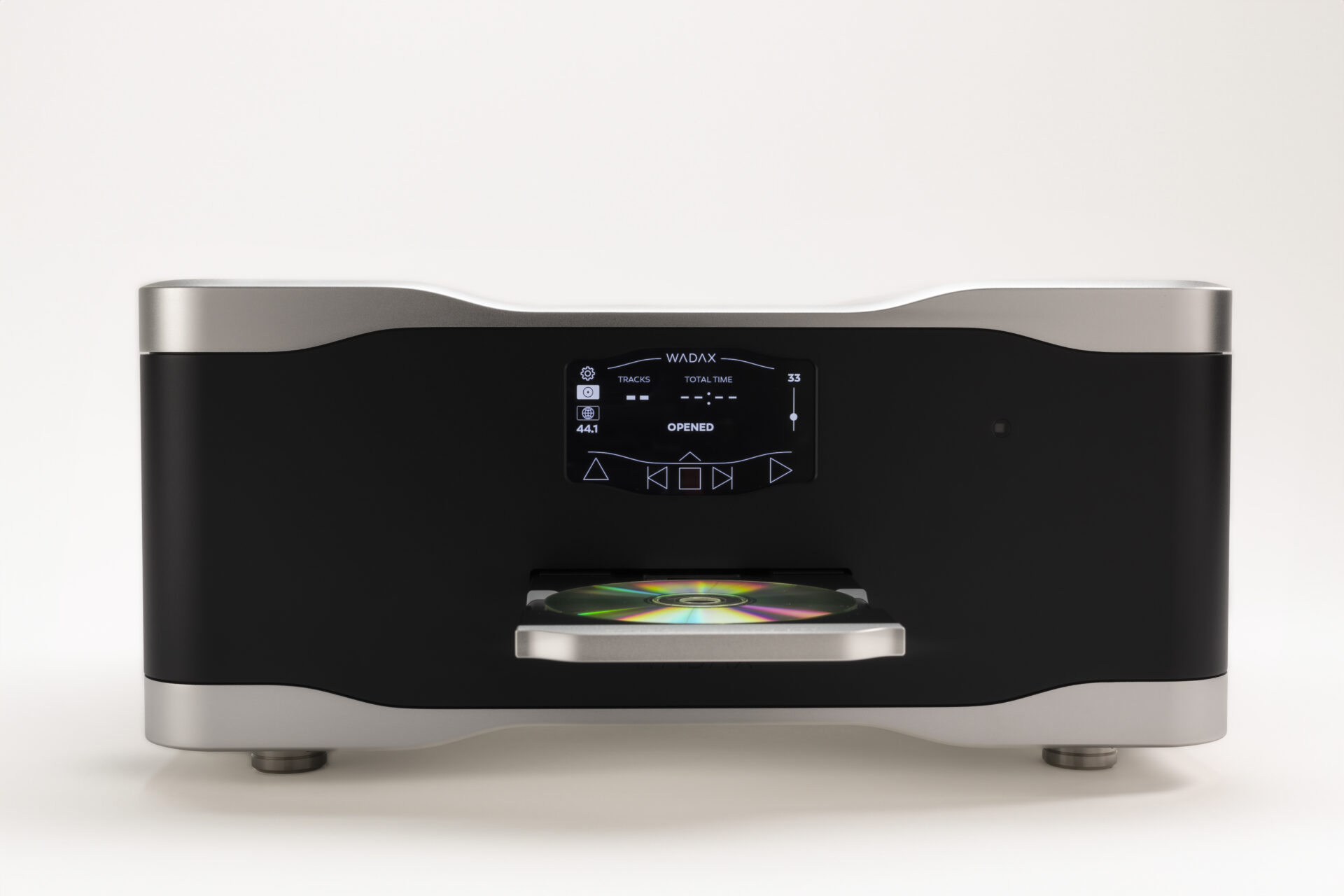I’ll start with a young Maria João Pires playing Mozart sonatas, recorded by Denon in 1974 (a UHQ-CD re-issue, COCQ-85349). The D1.5 is all poised delicacy, carefully measured note-weight and spacing, an object lesson in musical precision, with each note carefully placed, crafted and paced. The instrument is captured in height and space, carefully located in a slightly distant acoustic. The fluid grace in the performance is captivating, the infectious melodies lively and sparkling. Switch to the Wadax and you are immediately placed closer to the piano, which is weightier in tone and bigger in terms of size and body. The playing lacks the note-to-note precision of the D1.5, the recording the sense of space and focus, but the shape of the phrases and the pace through them is more clearly defined with a greater sense of musical fluidity and momentum. The Studio Player brings an attractive, engaging, dance-like quality to the music, full of life, energy and purpose.
 The presentations are different enough to firmly divide opinion. Some will value the clarity and precision of the D1.5. Others will prefer the rhythmic integrity and drive of the Wadax, its almost joyful sense of musical abandon and humour – neither inappropriate to Mozart. But as appealing as both musical perspectives might be, what I can tell you is that the D1.5 actually sounds more like Maria João Pires playing the Mozart sonatas, with an uncanny sense of her control, precision and clarity of line. Yes, it lacks that dance-like quality that she brings to the music (and which the Wadax captures so eloquently) but it doesn’t miss it by much and overall, the D1.5 is, in this case, more true-to-life, with a better grasp of the musician and the character of her performance.
The presentations are different enough to firmly divide opinion. Some will value the clarity and precision of the D1.5. Others will prefer the rhythmic integrity and drive of the Wadax, its almost joyful sense of musical abandon and humour – neither inappropriate to Mozart. But as appealing as both musical perspectives might be, what I can tell you is that the D1.5 actually sounds more like Maria João Pires playing the Mozart sonatas, with an uncanny sense of her control, precision and clarity of line. Yes, it lacks that dance-like quality that she brings to the music (and which the Wadax captures so eloquently) but it doesn’t miss it by much and overall, the D1.5 is, in this case, more true-to-life, with a better grasp of the musician and the character of her performance.
But what happens if we turn to the opposite end of the musical and performance spectrum? Back in 1968, DGG recorded the young Martha Argerich playing Chopin’s Piano Concerto No.1, with Abbado and the LSO. The differences to the Denon disc are stark, both in terms of the soloist’s style and the scale of the piece. Playing the UHQ MQA CD re-issue, UCCG-40077, the D1.5 is again beautifully poised, with excellent instrumental separation, focus and spread, a coherent acoustic space and nice sense of musical purpose and direction. But switch to the Wadax and it blows the D1.5 away with its sheer body, presence and power, rich colours and sense of musical flow and intent. The music builds more convincingly to the piano entry and, when Argerich plays her opening notes, they burst with colour, dynamic impact and energy. The D1.5 might grasp her dexterity and sheer range of note-weight, but it’s the Wadax that encapsulates her drive and the dramatic, expressive intensity in her playing, the explosive qualities that catapulted her onto the World stage. Just as the D1.5 embodies the poised, dynamic delicacy and precision of Pires, the extra body, weight, temporal security and concentrated energy of the Wadax captures the bold, expressive range and dramatic sweep of Argarich.

